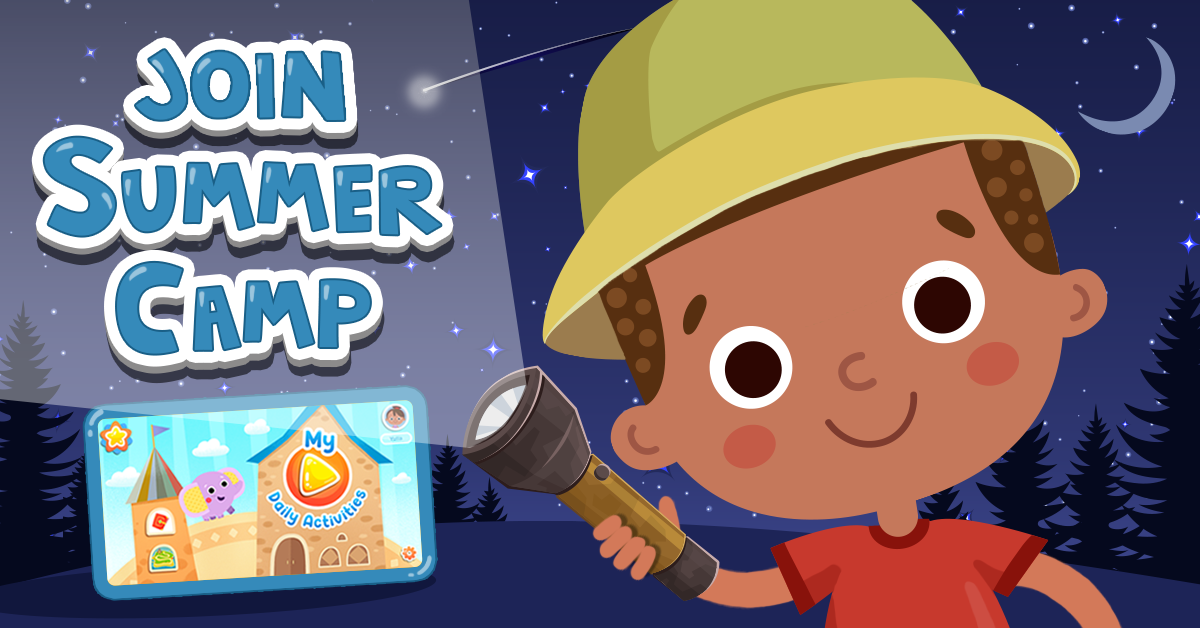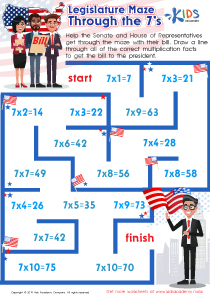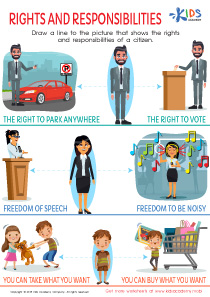Understanding history Normal History Worksheets for Ages 3-9
6 filtered results
-
From - To
Discover the joy of learning with our "Understanding History" worksheets designed for children aged 3-9! These engaging resources help young learners grasp essential historical concepts through fun activities and illustrations. Our easy-to-follow worksheets encourage curiosity and foster critical thinking skills, enabling kids to explore the past and understand how it shapes their present world. With a variety of activities suitable for different learning styles, teachers and parents can nurture a love for history while enhancing comprehension and vocabulary. Perfect for home or classroom use, these worksheets provide a solid foundation for life-long learning about history. Get started today!
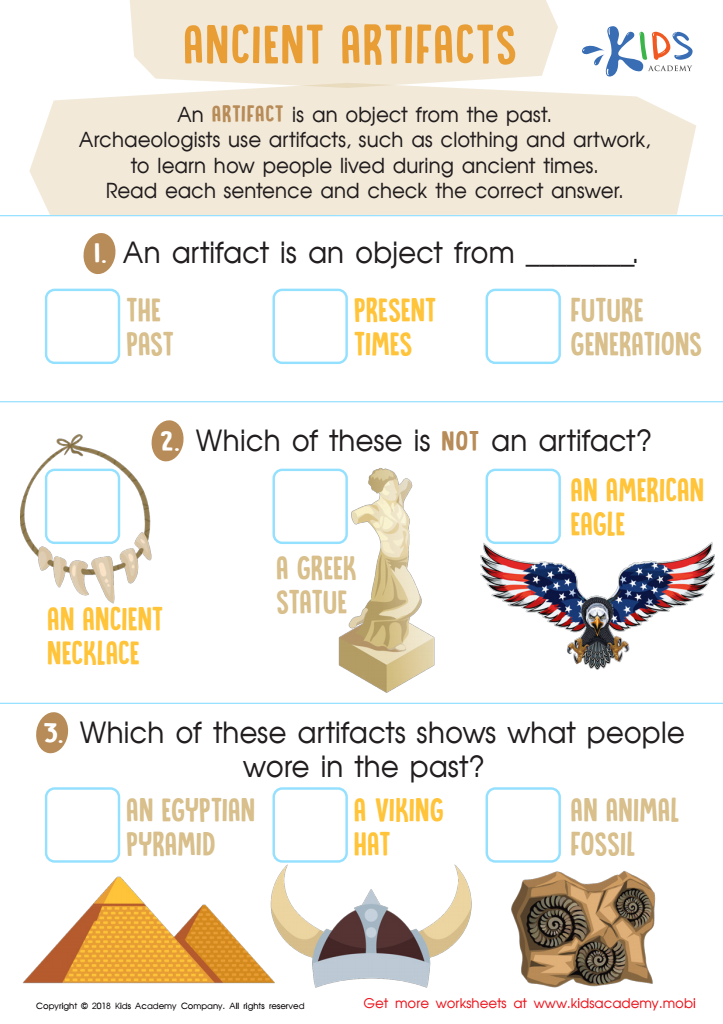

Ancient Artifacts Worksheet
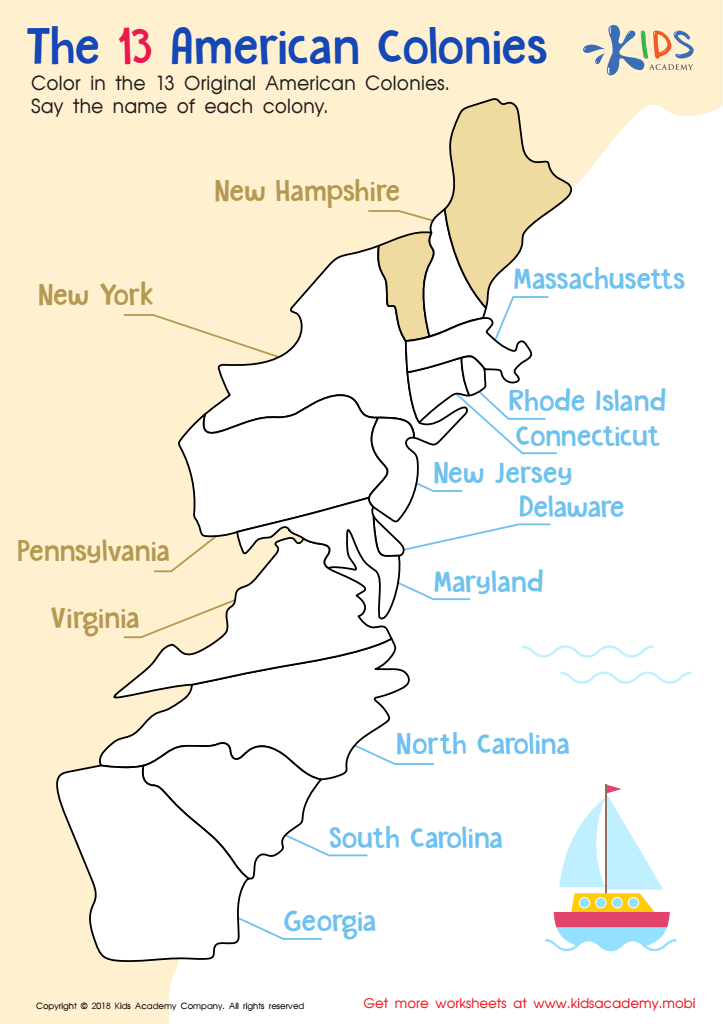

The 13 American Colonies Worksheet
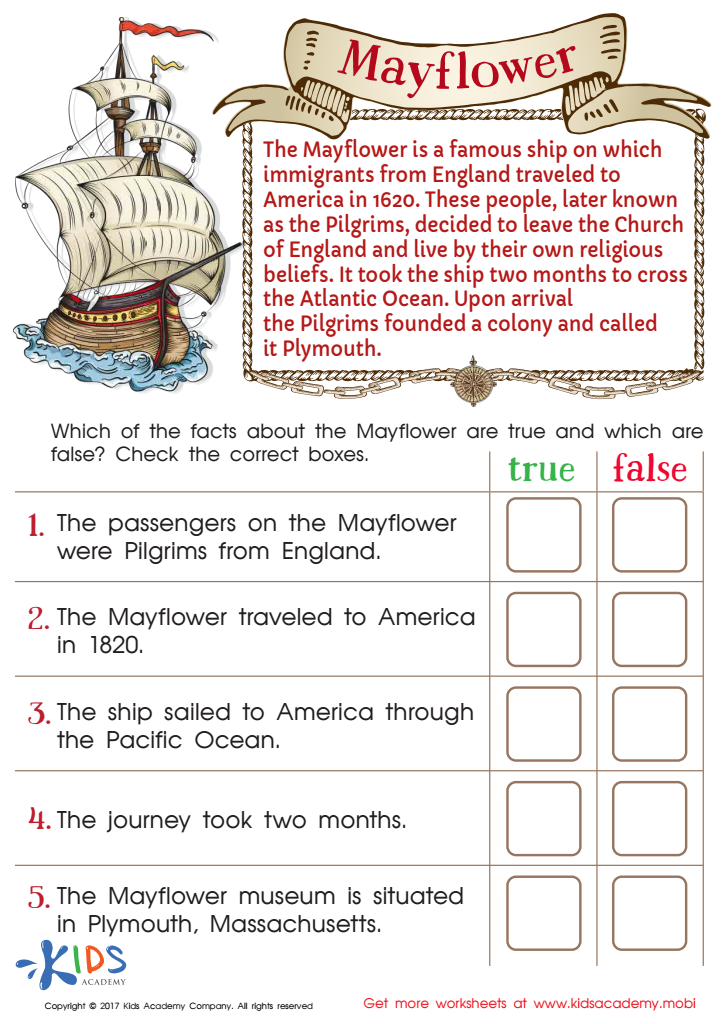

Free Mayflower Worksheet
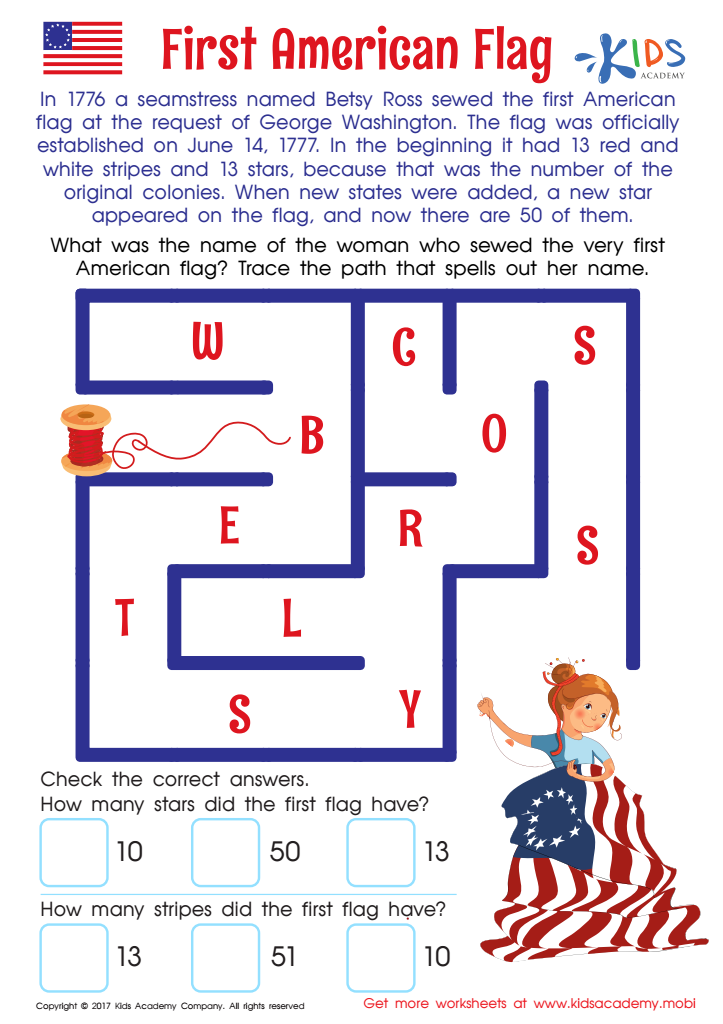

First American Flag Worksheet
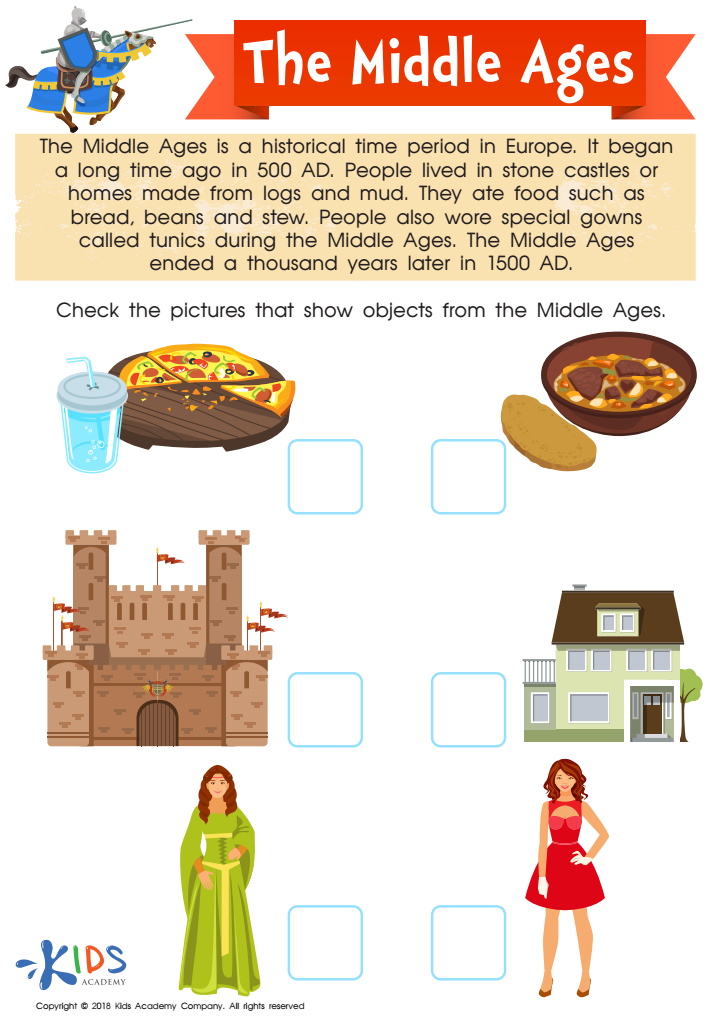

The Middle Ages Worksheet
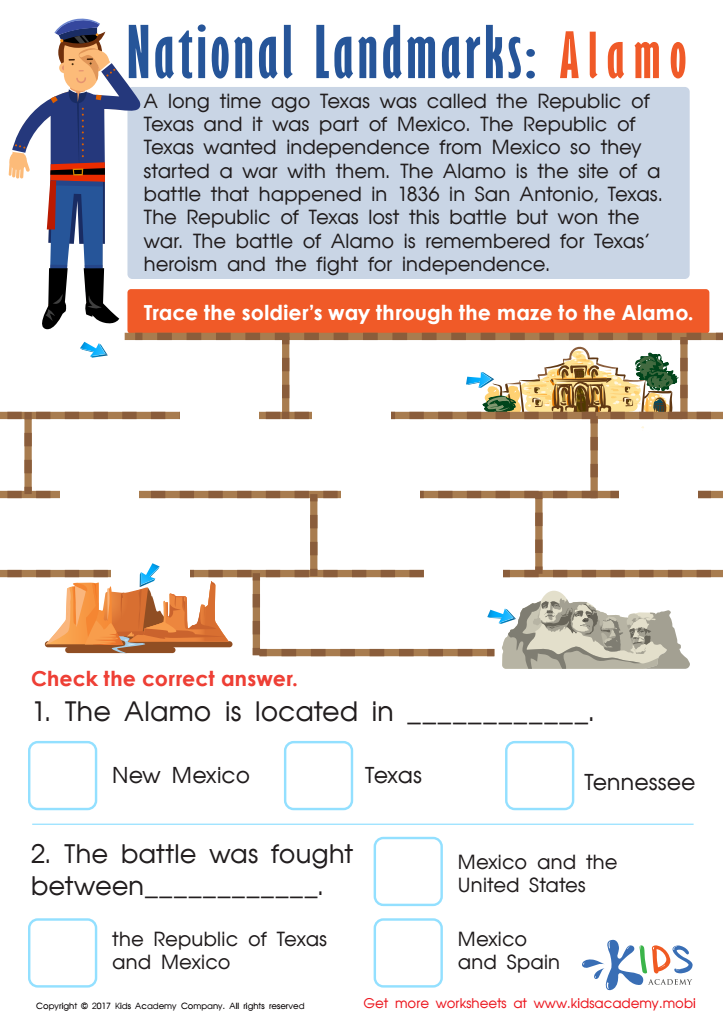

Alamo Printable Worksheet
Understanding history is crucial for children aged 3-9, as it shapes their perspective on the world and fosters critical thinking skills. Parents and teachers should care about introducing "normal history" — relatable, age-appropriate narratives that highlight everyday people and events — to instill a strong foundational knowledge in young learners.
At this formative age, children are naturally curious and eager to understand their place in the world. By teaching them about historical figures, cultural practices, and significant events in an engaging way, we create opportunities for empathy and connection. It encourages respect for diversity as they learn about different backgrounds, traditions, and experiences.
Normal history also helps young children develop language skills while they engage in storytelling, fostering conversation and comprehension. When history is integrated into their play and learning, children are more likely to retain information, sparking a lifelong interest in learning.
Additionally, understanding history allows children to see the progression of ideas and societal changes, helping them grasp concepts such as cause and effect. This foundational understanding builds a sense of identity and belonging, making it essential for parents and teachers to prioritize history in early education.
 Assign to My Students
Assign to My Students





